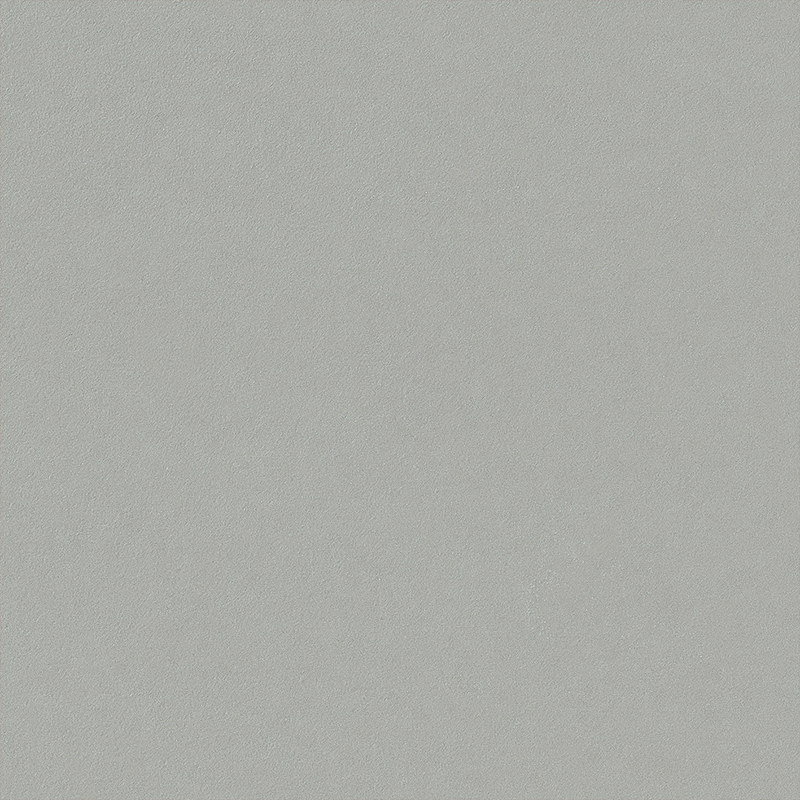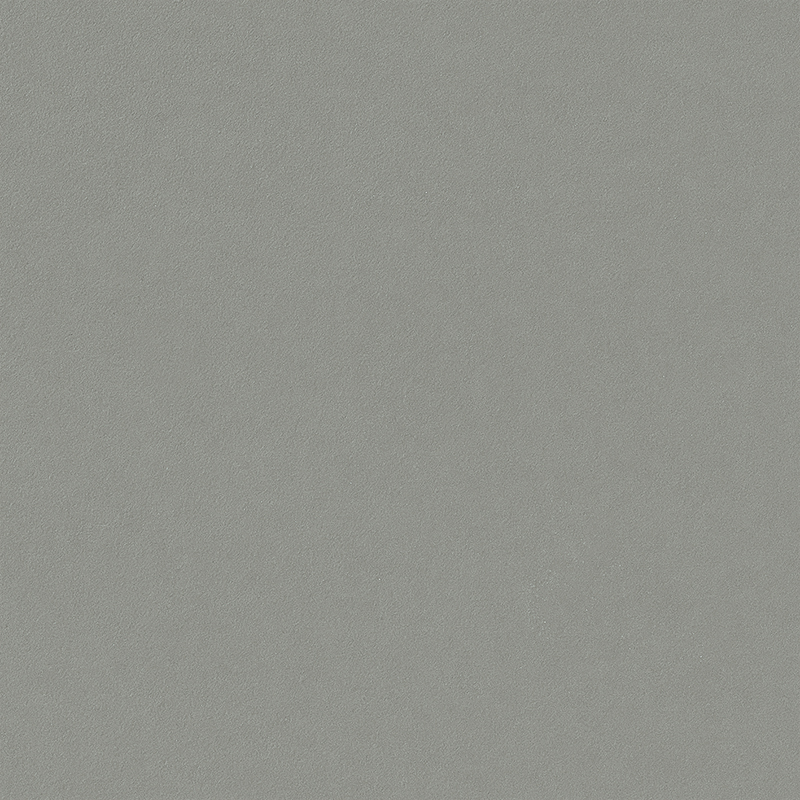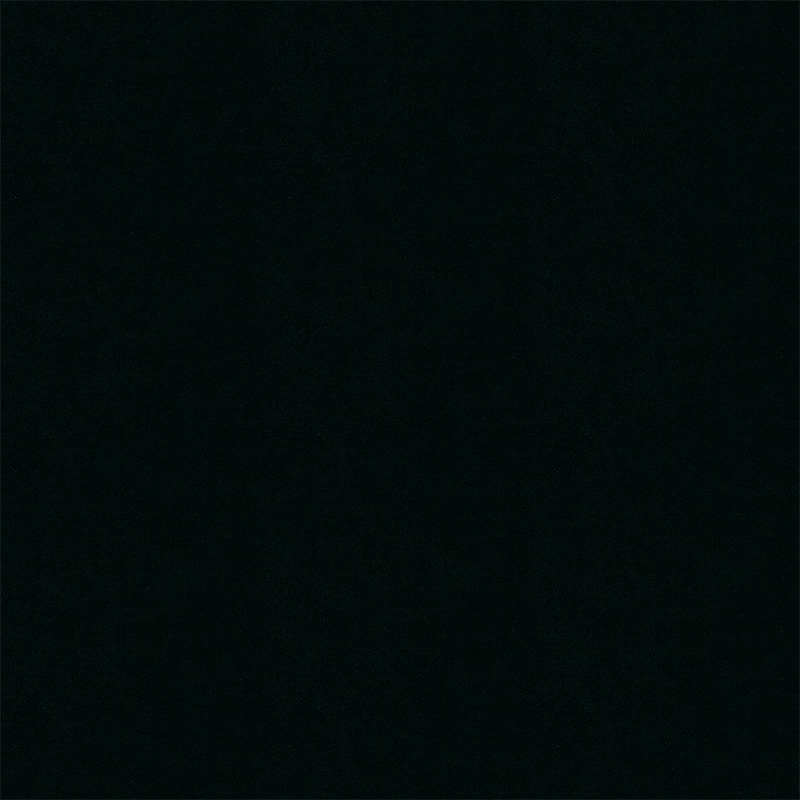Does metal brick possess excellent weather and UV resistance?
Release Time : 2025-09-03
Metal brick's excellent weather and UV resistance are key factors in its widespread use in modern building facades, outdoor spaces, and demanding interior environments. As a high-end decorative material that blends industrial texture with design aesthetics, metal brick not only carries the visual responsibility of shaping the architectural image but also faces the long-term test of the elements, including sun, rain, wind, frost, and temperature fluctuations. If the material fades, spots, oxidizes, or becomes powdery over a short period of time, it not only undermines the overall aesthetic but also potentially impacts the building's maintenance costs and lifespan. Therefore, weather and UV resistance are not just add-on attributes but essential requirements for metal brick as a functional building material.
Metal brick's weather resistance stems primarily from the nature of its base material. It is typically constructed from metals such as stainless steel, aluminum alloy, titanium-zinc alloy, or coated steel, all of which inherently possess strong corrosion and oxidation resistance. The chromium in stainless steel forms a dense oxide film on its surface, effectively blocking corrosion from moisture and pollutants. Aluminum alloy is lightweight and rust-resistant, and anodizing significantly enhances its surface hardness and stability. Titanium-zinc alloy is renowned for its self-healing properties, naturally oxidizing to form a protective layer after scratches. These metal substrates provide a solid physical foundation for metal bricks, enabling them to maintain structural integrity despite exposure to moisture, salt spray, and polluted air.
Surface treatment further enhances their resistance to environmental damage. Modern metal bricks often utilize advanced processes such as electrophoretic coating, fluorocarbon spraying, powder coating, or vacuum coating to create a uniform, dense protective layer on the metal surface. Fluorocarbon coatings, due to their stable molecular structure, offer strong resistance to UV rays, effectively preventing chalking, gloss loss, or discoloration caused by photochemical reactions. These coatings not only maintain their color but also resist chemical corrosion from acid rain and industrial waste, ensuring they retain their pristine appearance for years. Physical treatments such as brushing, sandblasting, or etching alter the surface microstructure, reducing glare from direct sunlight and minimizing stain adhesion and fingerprint residue.
UV resistance is particularly critical. Ultraviolet rays in sunlight are the primary cause of aging in most organic coatings, breaking down polymer chains, causing pigment decomposition, and resin degradation. High-quality metal bricks prioritize weather-resistant coating formulations during the material selection phase, using highly light-resistant inorganic pigments and stabilized resin systems to ensure no noticeable color shift or gloss loss under prolonged exposure to sunlight. Some high-end products also incorporate UV absorbers or reflective layers to further reduce UV penetration and damage to the coating, extending the material's service life.
Metal bricks also perform reliably in extreme climates. Whether subjected to sustained high temperatures in hot regions or repeated freeze-thaw cycles in cold climates, high-quality metal bricks maintain dimensional stability, preventing warping, cracking, or joint deformation caused by thermal expansion and contraction. Their low water absorption also prevents internal damage caused by moisture freezing and expansion.
Furthermore, metal brick's weather resistance isn't just about maintaining its appearance; it also ensures structural safety. Its excellent corrosion resistance prevents rust and perforation of the base material, preventing localized failure and resulting in entire panels falling off. This reliability is crucial, especially on the exterior walls of high-rise buildings.
Finally, metal brick's superior weather resistance and UV resistance transcend the limitations of traditional decorative materials, making it an ideal choice for modern architecture's pursuit of low maintenance, longevity, and aesthetic appeal. It allows building facades to retain their sharp contours and distinctive texture over time, eliminating the need for frequent renovation or replacement, truly achieving a balance between aesthetic value and engineering durability. In today's world of sustainable development, this time-tested material is a solid foundation for green architecture and timeless design.
Metal brick's weather resistance stems primarily from the nature of its base material. It is typically constructed from metals such as stainless steel, aluminum alloy, titanium-zinc alloy, or coated steel, all of which inherently possess strong corrosion and oxidation resistance. The chromium in stainless steel forms a dense oxide film on its surface, effectively blocking corrosion from moisture and pollutants. Aluminum alloy is lightweight and rust-resistant, and anodizing significantly enhances its surface hardness and stability. Titanium-zinc alloy is renowned for its self-healing properties, naturally oxidizing to form a protective layer after scratches. These metal substrates provide a solid physical foundation for metal bricks, enabling them to maintain structural integrity despite exposure to moisture, salt spray, and polluted air.
Surface treatment further enhances their resistance to environmental damage. Modern metal bricks often utilize advanced processes such as electrophoretic coating, fluorocarbon spraying, powder coating, or vacuum coating to create a uniform, dense protective layer on the metal surface. Fluorocarbon coatings, due to their stable molecular structure, offer strong resistance to UV rays, effectively preventing chalking, gloss loss, or discoloration caused by photochemical reactions. These coatings not only maintain their color but also resist chemical corrosion from acid rain and industrial waste, ensuring they retain their pristine appearance for years. Physical treatments such as brushing, sandblasting, or etching alter the surface microstructure, reducing glare from direct sunlight and minimizing stain adhesion and fingerprint residue.
UV resistance is particularly critical. Ultraviolet rays in sunlight are the primary cause of aging in most organic coatings, breaking down polymer chains, causing pigment decomposition, and resin degradation. High-quality metal bricks prioritize weather-resistant coating formulations during the material selection phase, using highly light-resistant inorganic pigments and stabilized resin systems to ensure no noticeable color shift or gloss loss under prolonged exposure to sunlight. Some high-end products also incorporate UV absorbers or reflective layers to further reduce UV penetration and damage to the coating, extending the material's service life.
Metal bricks also perform reliably in extreme climates. Whether subjected to sustained high temperatures in hot regions or repeated freeze-thaw cycles in cold climates, high-quality metal bricks maintain dimensional stability, preventing warping, cracking, or joint deformation caused by thermal expansion and contraction. Their low water absorption also prevents internal damage caused by moisture freezing and expansion.
Furthermore, metal brick's weather resistance isn't just about maintaining its appearance; it also ensures structural safety. Its excellent corrosion resistance prevents rust and perforation of the base material, preventing localized failure and resulting in entire panels falling off. This reliability is crucial, especially on the exterior walls of high-rise buildings.
Finally, metal brick's superior weather resistance and UV resistance transcend the limitations of traditional decorative materials, making it an ideal choice for modern architecture's pursuit of low maintenance, longevity, and aesthetic appeal. It allows building facades to retain their sharp contours and distinctive texture over time, eliminating the need for frequent renovation or replacement, truly achieving a balance between aesthetic value and engineering durability. In today's world of sustainable development, this time-tested material is a solid foundation for green architecture and timeless design.







